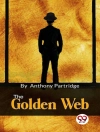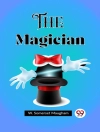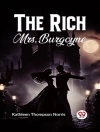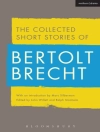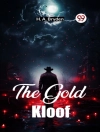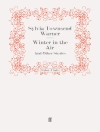In ‘The Complete Sylvie and Bruno Stories, ‘ Lewis Carroll intricately weaves a narrative that blends fantasy with philosophical inquiry, encapsulating the essence of his unique literary style that merges whimsy with profound thought. This two-part tale unfolds in a dreamlike realm where the boundaries of reality are blurred, showcasing Carroll’s signature use of playful language and inventive characters. The book juxtaposes the lives of Sylvie and Bruno, a fairy tale narrative enriched by sociopolitical commentary reflective of Victorian England, emphasizing themes of love, friendship, and the quest for identity amidst societal constraints. Lewis Carroll, known for his beloved works such as ‘Alice’s Adventures in Wonderland, ‘ was a mathematician, logician, and a keen observer of childlike imagination. His personal experiences, particularly his interactions with children and his insights into the complexities of adulthood, profoundly influenced his storytelling. ‘Sylvie and Bruno’ was born out of Carroll’s desire to address more adult themes while still enchanting readers with fantastical elements, blending both the whimsical and the serious in a seamless narrative. This book is a captivating journey into a world where fantasy meets reality, making it essential for readers who appreciate imaginative literature with depth. Carroll’s exploration of the human condition through the eyes of fantastical beings invites readers to reflect on their own lives and society, making ‘The Complete Sylvie and Bruno Stories’ a rich addition to any literary collection.
Giới thiệu về tác giả
Lewis Carroll, the pen name of Charles Lutwidge Dodgson, was a renowned British writer, mathematician, logician, Anglican deacon, and photographer. Born on January 27, 1832, in Daresbury, Cheshire, Carroll is best known for his whimsical and fantastical children’s stories. ‘The Complete Sylvie and Bruno Stories’ are amongst his lesser-known works but encapsulate his unique blend of literary elements, including philosophical ideas and nonsensical poetry. Carroll’s most celebrated classics, ‘Alice’s Adventures in Wonderland’ (1865) and its sequel ‘Through the Looking-Glass’ (1871), have left a profound impact on literature with their distinctive narrative style, language play, and exploration of logic. These works have significantly contributed to the genre of literary nonsense, a style characterized by absurdity, word play, and fantastical themes. Despite the playful surface of his writings, Carroll’s works often include deep mathematical concepts and logical puzzles reflecting his academic background – he was a lecturer in Mathematics at Christ Church, Oxford. Lewis Carroll died on January 14, 1898, but his legacy lives on through the continued popularity of his stories which have influenced not only literature but also philosophy, psychology, and pop culture. His literary artistry continues to fascinate readers, scholars, and interpreters across the world, sparking countless adaptations and analyses.


